Cycling safety: ride to survive

The popularity of cycling for recreation and commuting has increased significantly in recent years. It not only offers environmental and health benefits, it’s also a great way to avoid rush-hour congestion. More recently, COVID-19 restrictions have prompted a major uptake of cycling as people look for ways to exercise while maintaining social distancing.
There was a record number of bikes – 1.69 million – imported into the country last financial year (2020-21), according to Bicycle Industries Australia. The figure would have been higher if not for a shortage of bikes worldwide.
The increased popularity of cycling highlighted the vulnerability of bike riders as road users. Between 2016 and 2020, cyclists represented five per cent of the lives lost on South Australian roads and nine per cent of serious injuries, according to the Department of Infrastructure and Transport (DIT).
In real terms, this means 23 cyclists lost their lives in that period and 311 suffered serious injuries. This pressing road safety issue can only be addressed if we all cooperate and share the road.
Whether you drive or ride, pick up some handy road safety tips in our video below.
In 2005, cyclist Amy Gillett was riding with the Australian women’s cycling team in Germany when she was hit and killed by a driver who’d lost control of her car. From this tragedy, the Amy Gillett Foundation was formed. Working with all levels of government, as well as corporate, community and motoring organisations, the foundation’s sole mission is improving cycling safety.
Its tireless advocacy saw success as recently as April 2021 when Victoria became the last state to adopt the one metre gap rule for when motorists pass a cyclist (1.5m in zones over 60km/h). This means the law now applies in every state and territory.
Mary Safe, Amy’s mother and joint founder of the foundation, says the increasing popularity of recreational cycling has put the spotlight on cycling safety issues and the need to share the road.
“Cyclists and pedestrians are a lot more vulnerable by the very nature of their transport,” Ms Safe says.
We’re all human beings, and everybody in a car, on a bike, or a pedestrian is somebody’s loved one. Someone wants them to come home alive; we’ve got to be mindful of that and act accordingly.
All of us, including cyclists, are responsible for ensuring they make it to their destination safely. So, what can we do?
Cyclists are particularly vulnerable, and like all road users, they sometimes make mistakes. It’s important for motorists to maintain a safe distance and expect the unexpected. If you’re unable to pass a cyclist with a one-metre gap (1.5m in zones over 60km/h), wait until it’s safe to do so, as you would when passing any other vehicle.
Roundabouts are high-risk zones for crashes, so don’t overtake a cyclist on a single-lane roundabout. Always check the bike lane when turning onto a main road, and when turning left off a main road, check over your left shoulder to see if there’s a cyclist approaching. When getting out of the car, check behind you before opening your door.
As a pedestrian, you can help keep yourself and cyclists safe by following a few simple guidelines. Before entering a shared walkway, check both directions, and always walk on the left to give space for cyclists to pass. Ensure dogs are kept under control and keep a close eye on kids. They might be excited to be out-and-about and may not be fully aware of their surroundings.
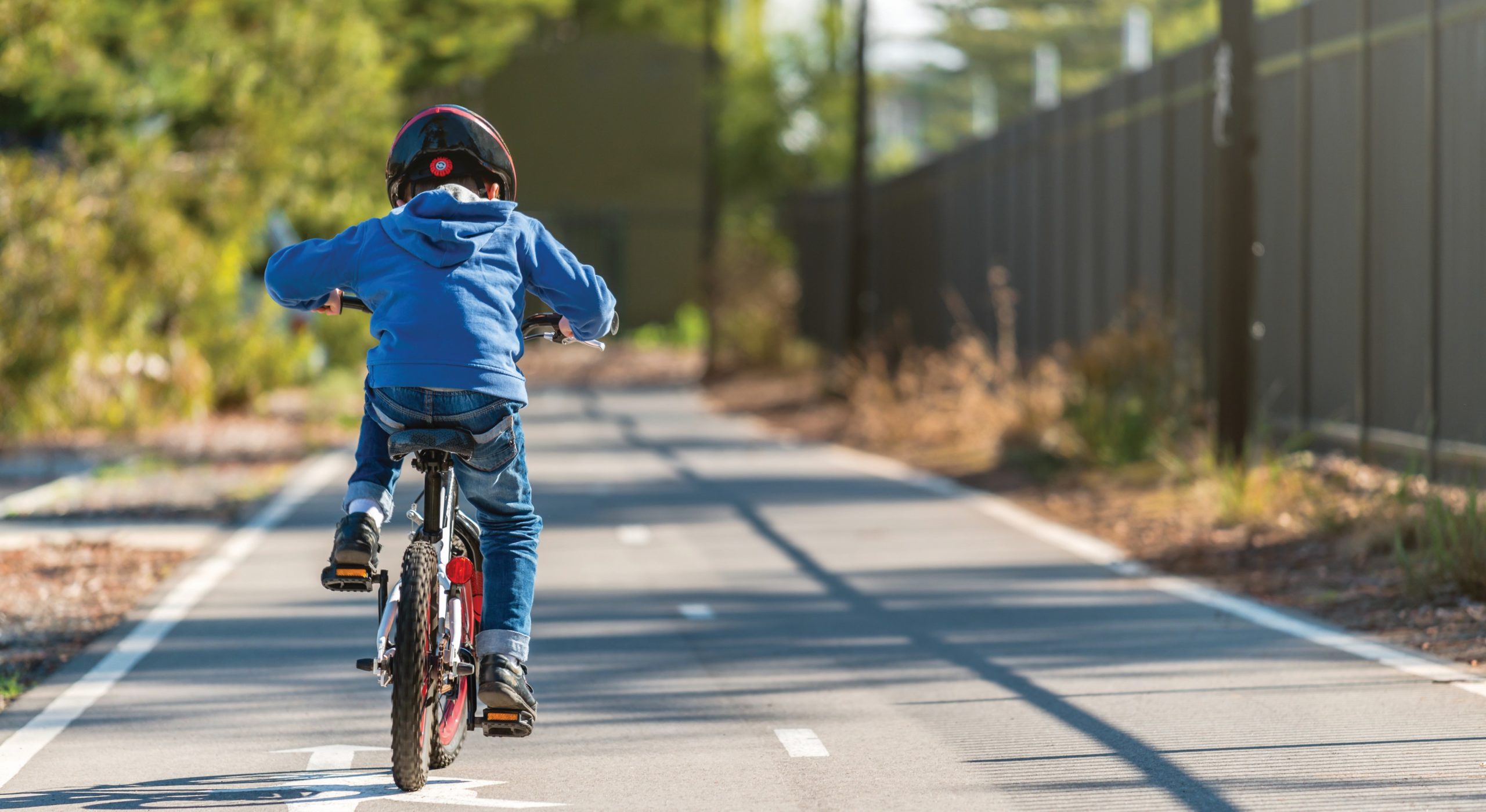
Cyclists also need to consider their actions and make sure they’re doing the right thing. Just as a speeding motorist is a hazard on the road, a cyclist travelling too fast on a footpath or shared pathway is a danger to pedestrians and other bike riders. Travel at a safe speed for the conditions and keep an eye out for kids and dogs.
By law, you’re required to use your bell or horn to avert danger, but it’s also handy for warning other pathway users when you’re approaching from behind. Acknowledge motorists, pedestrians or other cyclists who show courtesy. And, wear brightly coloured clothing so you can be easily seen by other road users. Make sure you follow the road rules – this not only helps keep cyclists safe, but it also reduces tension on the road.
So, what rules do cyclists need to follow? There are a lot, but here are an important few.
Under South Australian law, bicycles are regarded as vehicles. This means cyclists attract similar penalties to drivers, including demerit points. Accumulate enough demerits, or commit a serious traffic offence on your bike, and you could lose your driver’s licence. If you don’t hold a licence, you may have trouble getting one in the future.
Safety laws specific to cyclists include:
- having at least one effective back-pedal foot brake or a hand brake fitted to either the front or back wheel, with the levers
within easy reach - having a functioning warning device, such as a bell or a horn, within easy reach.
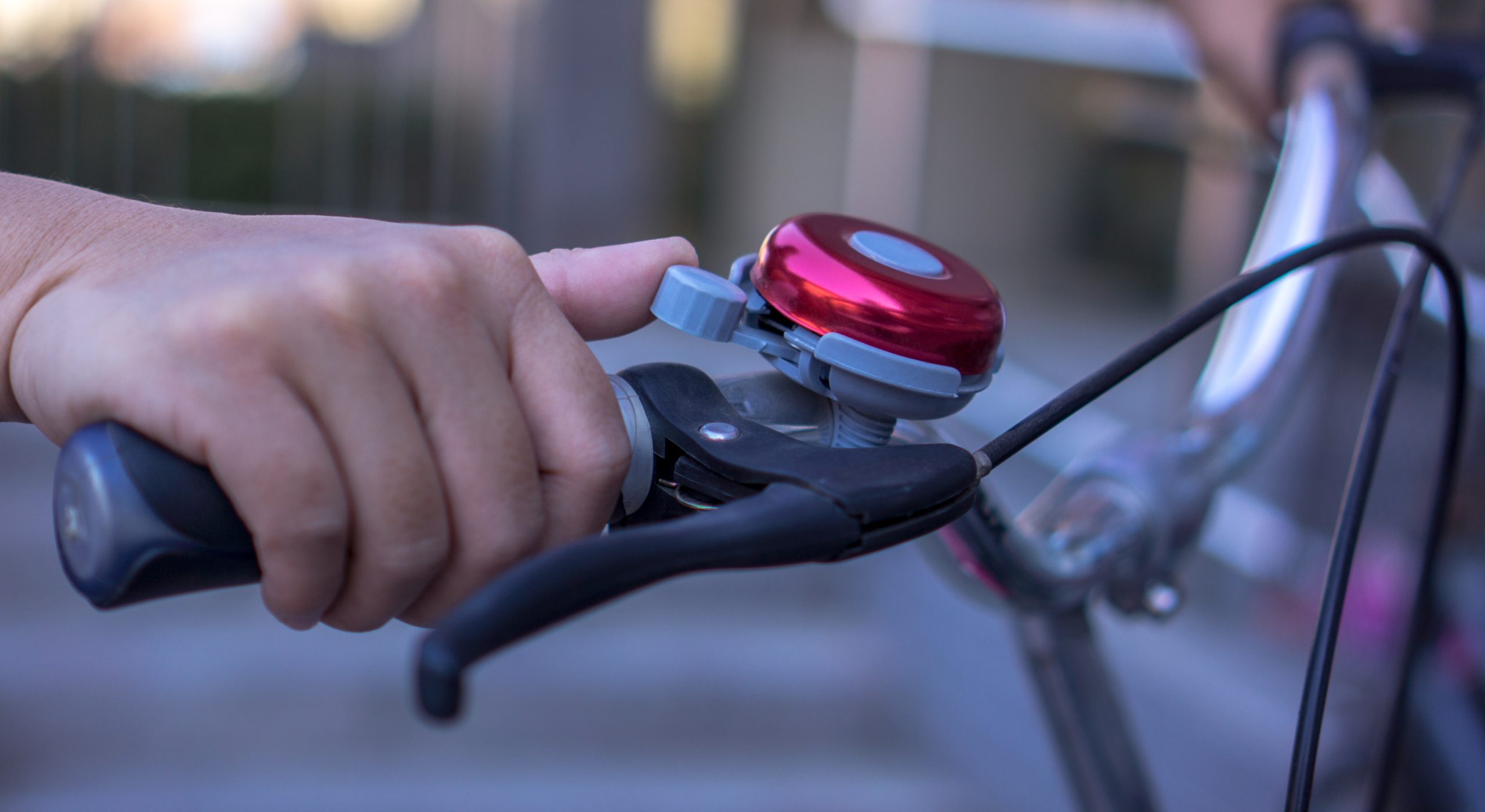
At night or in low visibility weather conditions, you must have:
- a flashing or steady white light that’s clearly visible at least 200m from the front of the bicycle
- a flashing or steady red taillight that’s clearly visible at least 200m from the rear of the bicycle
- a red rear reflector that’s clearly visible for at least 50m from the rear of the bicycle when light is projected on to it by a vehicle’s headlight on low beam.
Bike laws you may not know
- It’s a traffic offence to use a phone while riding a bicycle.
- Cyclists are allowed to ride on the footpath even if the adjacent road has a marked bicycle lane, unless the footpath is marked or signed ‘No bicycles’.
- Cyclists can make a hook turn at an intersection.
- Cyclists must give a hand signal when preparing to turn right, diverge right or change lanes to the right – a hand signal isn’t required when making a hook turn.
- It’s illegal to be under the influence of alcohol or drugs while cycling.
- Cyclists can ride in bus lanes (except those with a ‘bus only’ sign). They must ride as close as practicable to the left of the lane and not obstruct a bus in the lane.
- An e-bike motor must be designed to cut out when the bike reaches 25km/h.
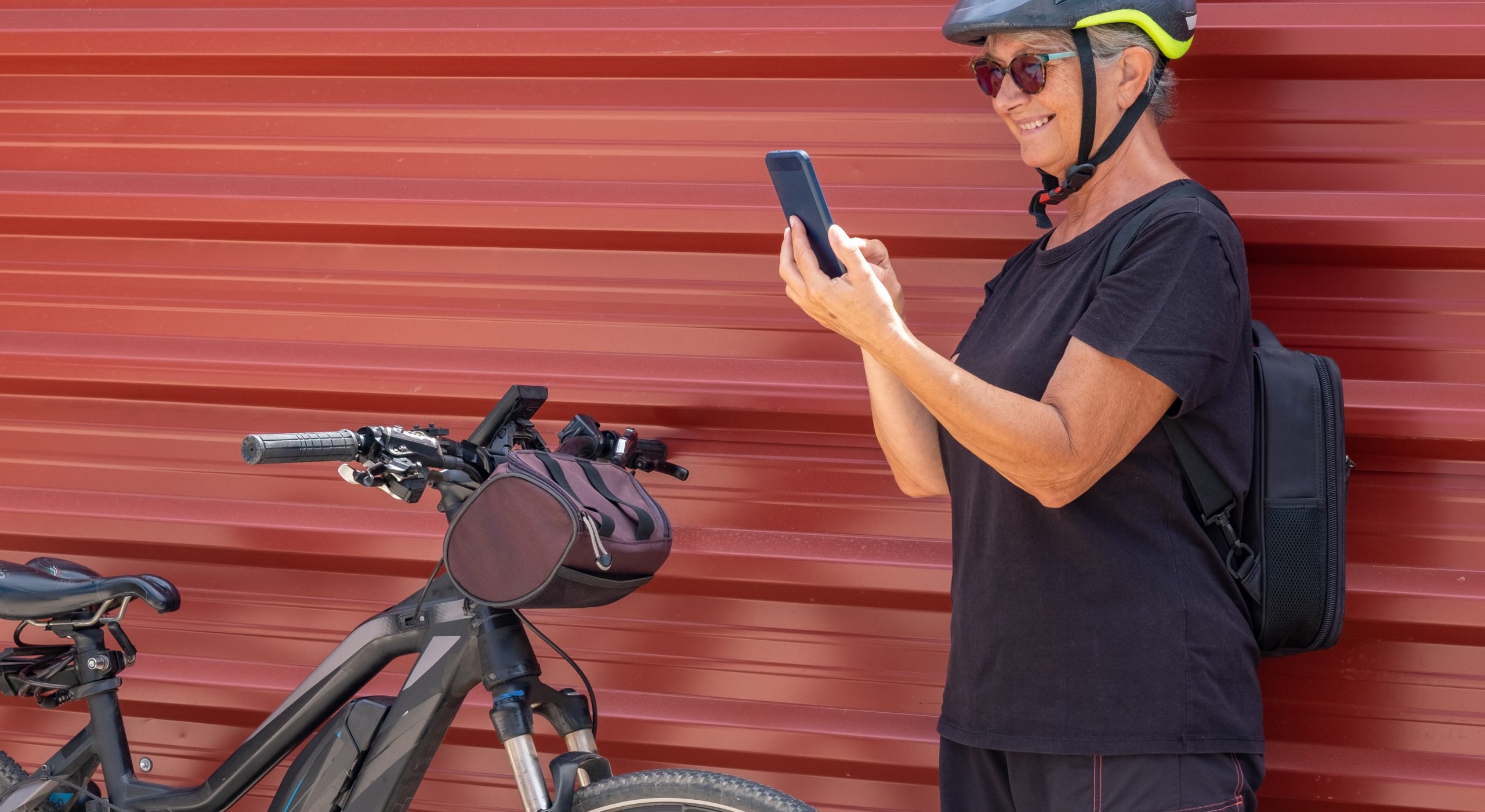
Cyclists are permitted to ride two abreast on the road, but when there’s a bike lane available, they must stay within it. If the lane is too narrow to ride side-by-side, then they must travel single file. And, of course, cyclists must wear a properly adjusted and securely fastened bicycle helmet that complies with Australian Standard AS/NZS 2063.
While it’s important cyclists follow the rules, Ms Safe says education is crucial to preventing cycling injuries and deaths.
“From a young age, we need education in our schools and education for parents to help their children,” Ms Safe says.
“When you’re learning to drive and getting your Ls and your Ps, there could be more cycling-related questions. Sometimes, through no fault of their own, people just don’t know – the knowledge hasn’t been passed on to them.”
So, what educational courses are available?
Way2Go Bike Ed
Way2Go Bike Ed is funded by DIT for schools participating in the Way2Go program. Students from years four to seven are eligible to participate. The program develops students’ confidence in practical bike riding skills for both off and on road.
Students also develop responsible bike riding attitudes, behaviours and decision-making skills consistent with the road rules. RAA carries out bike safety checks on student-owned bikes to ensure they’re roadworthy for use in the program.
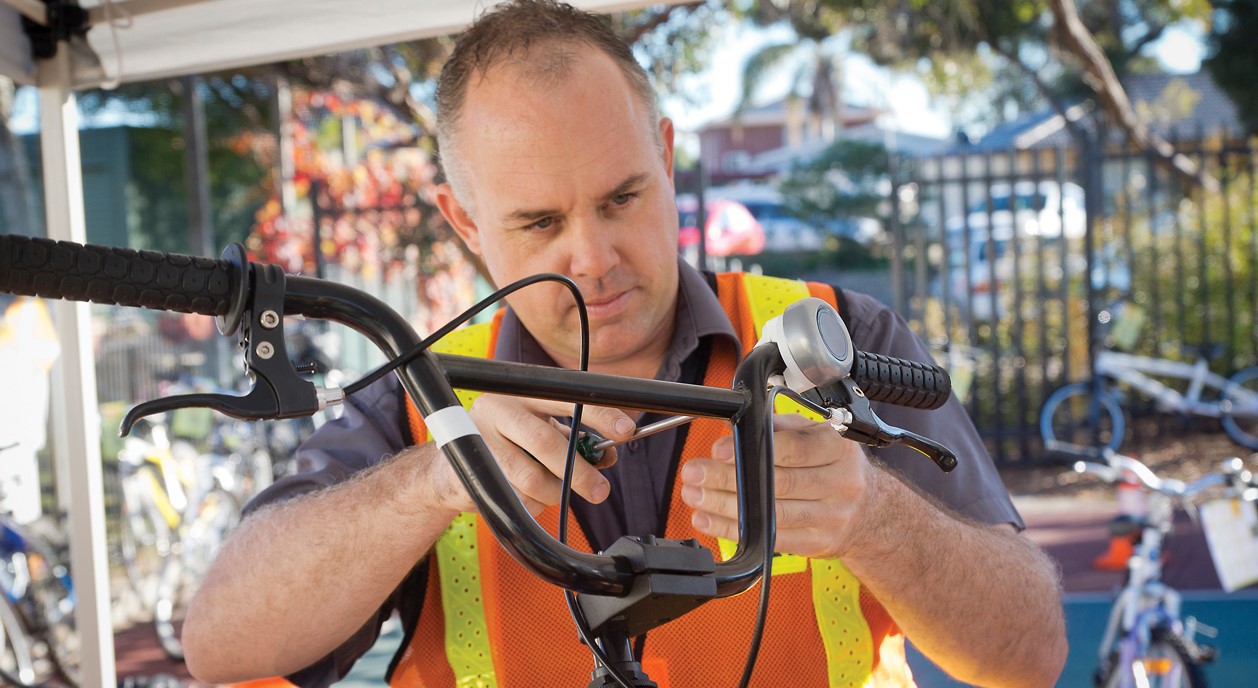
Be Safe Be Seen
Run by Bike SA, the award-winning Be Safe Be Seen program involves a free, 30-minute session held in the workplace. It addresses some common crash scenarios to better equip cycling commuters riding to and from work. Bike SA also has a great range of cycling resources on its website.
A final word from RAA
Bike lanes and separated shared pathways all contribute to cycling safety, and it’s important we continue to improve and develop infrastructure.
Earlier this year, RAA conducted a Risky Rides survey of cyclists and found that Anzac Hwy was considered to be Adelaide’s riskiest road for bike riders, followed by Marion Rd.
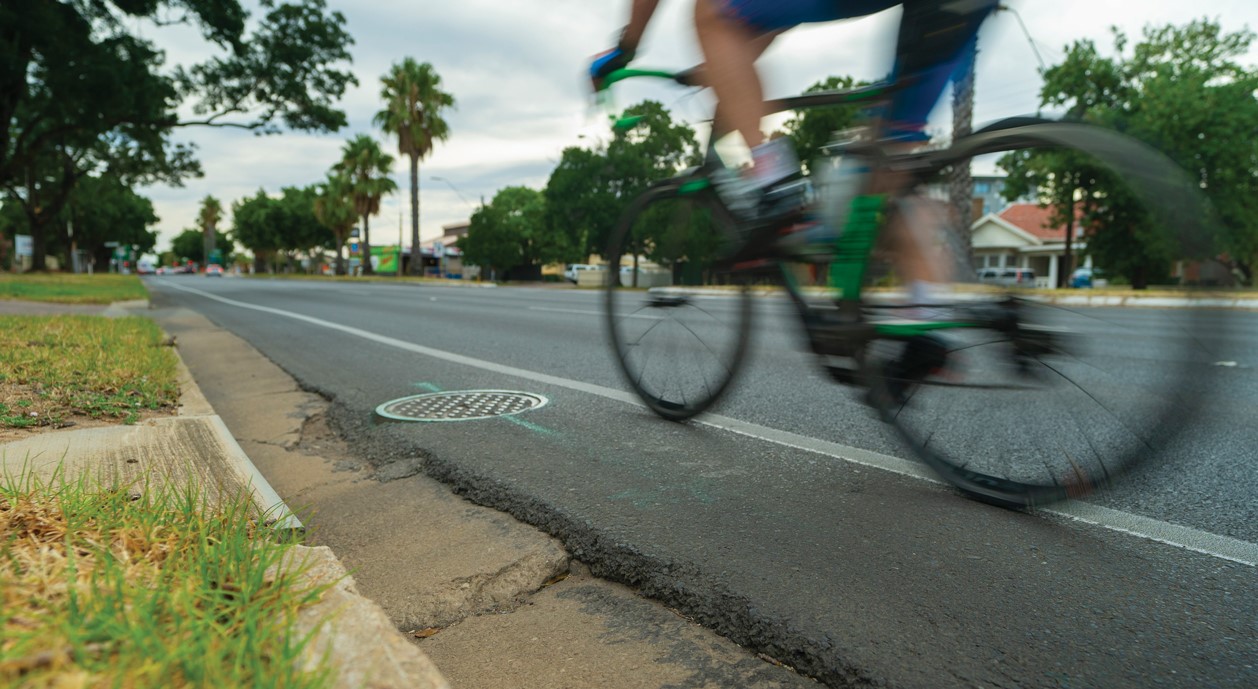
Other roads high on the list were the metropolitan section of Greenhill Rd, as well as Payneham, Port, Portrush, Cross, Frome, Unley and Fullarton roads.
“One of the issues that most concerned cyclists is bicycle lanes suddenly ending or places where the surface is so poor it’s almost dangerous to ride on,” RAA Senior Manager of Safety and Infrastructure Charles Mountain says.
“The survey drew attention to the need for maintenance on many of the popular cycling corridors, and in the ensuing months a lot of those roads, like Greenhill, Fullarton and Kensington roads, have been fully resealed. So that’s a real positive, and we’d like that to happen on other corridors.
“We’ve also welcomed the news that funding’s been approved for the Goodwood overpass on the Mike Turtur Bikeway.”

